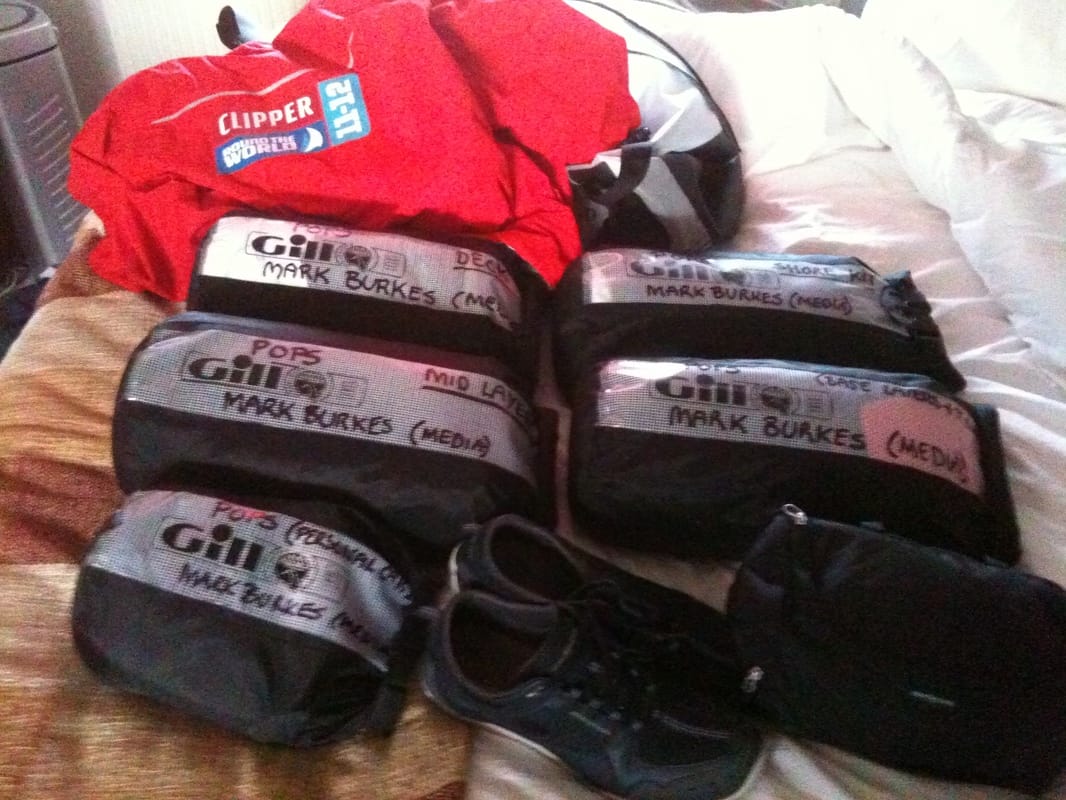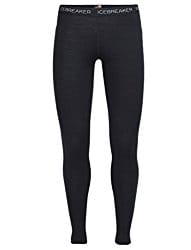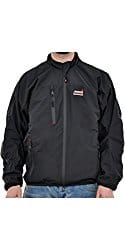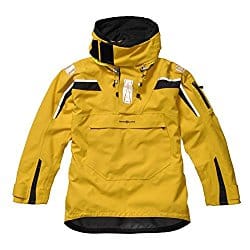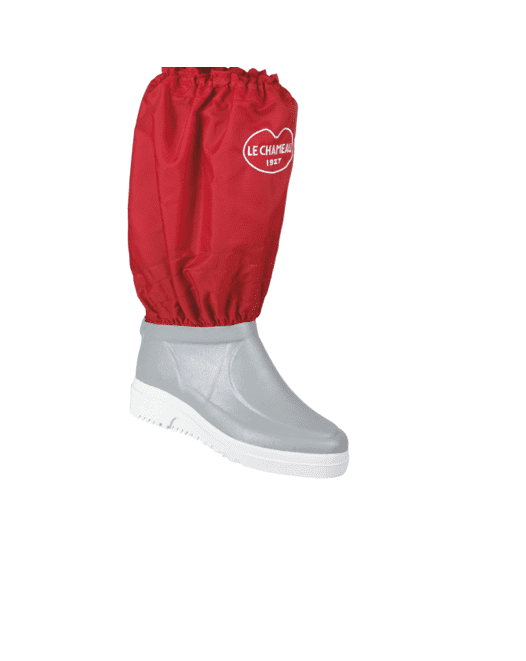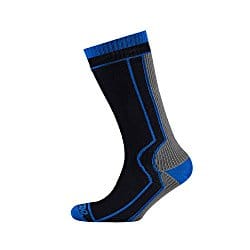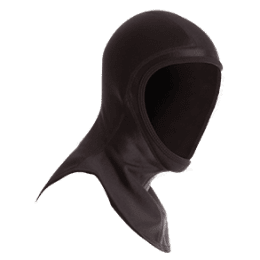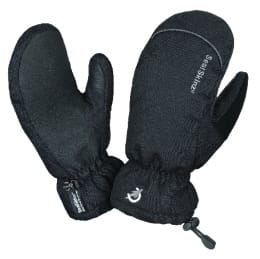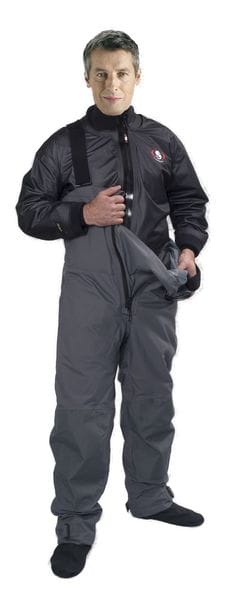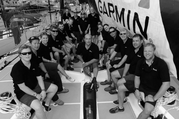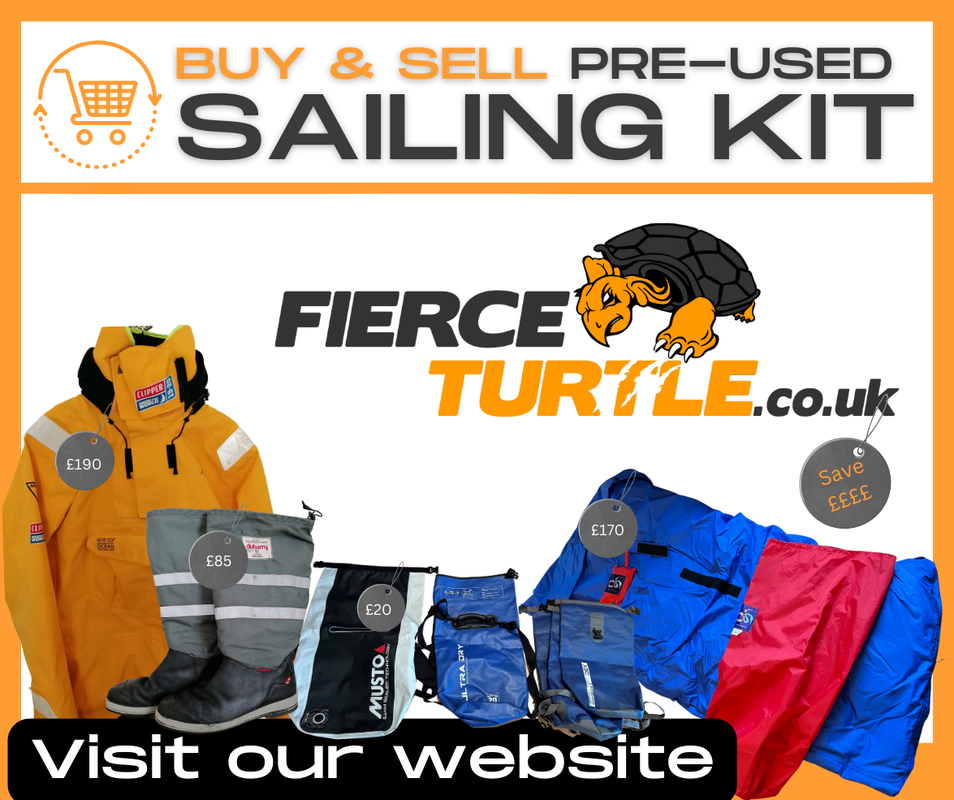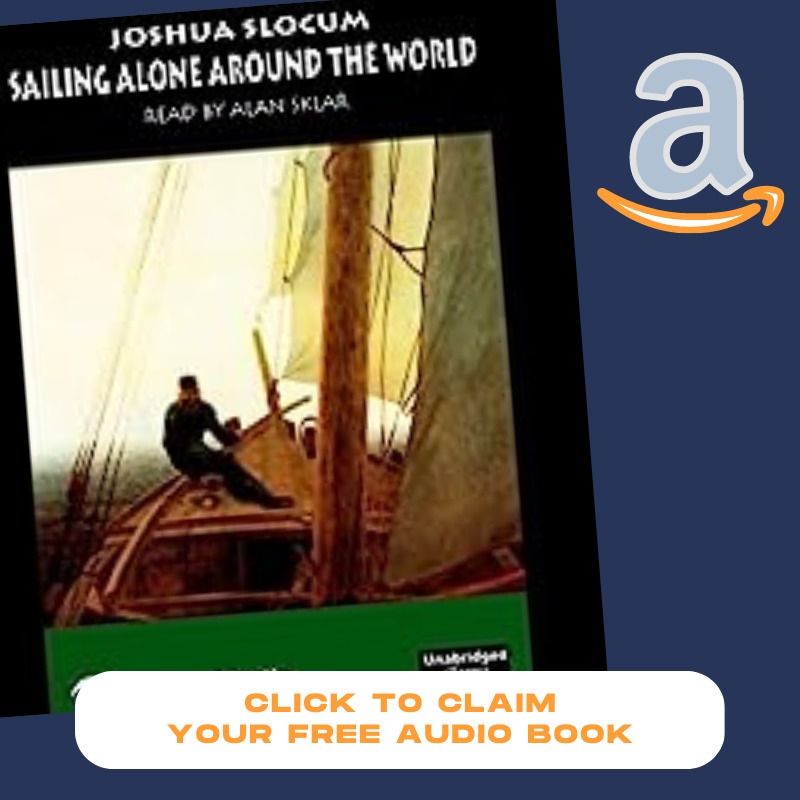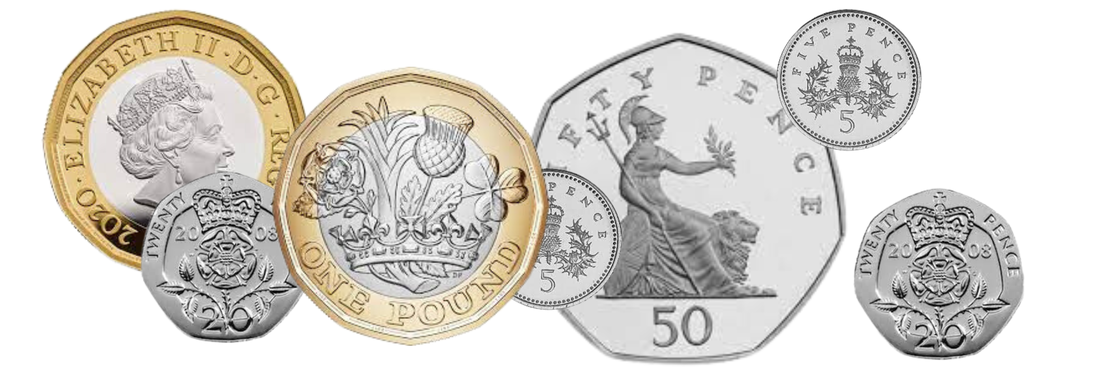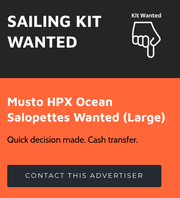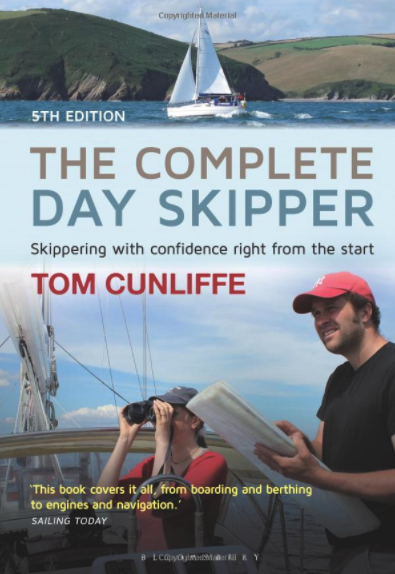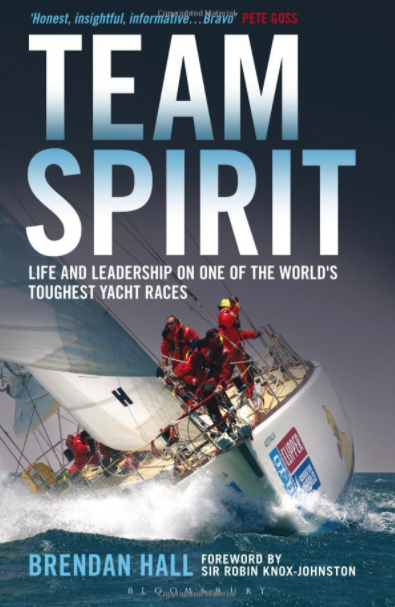|
Keeping warm at sea is just a matter of preparation and attention to detail. Of course, on some of the warmer legs, such as leg 1, leg 7 and much of leg 5, keeping warm on board is not a problem. In fact, dealing with 40+ degree temperatures and high levels of humidity below deck is the biggest challenge. If you want to read more on these warmer legs and how to keep cool, click here. In my experience, staying warm requires that you look after yourself by eating well, staying active and staying as dry as possible and as well insulated as possible. Staying active on the race is rarely a big problem but there is an art to choosing the correct clothing for the conditions. On a very cold night at sea, when it's wet and rough, with water over the deck (and the crew), staying dry and warm without overheating when busy changing sails, can be tricky. The start of a watch might have you thinking you are under-dressed, and feeling the bitter cold and yet 30 minutes later you might be sweating profusely having just dragged the yankee 1 down the deck, battling against sea state and gale force winds. Understanding the best way to layer is therefore important. For a cold ocean, you should be dressed as follows;
Comments
|
Mark Burkes is a former Clipper Race Skipper, a round the world crew member, Clipper Training Skipper & jobbing RYA Yachtmaster Instructor. He has over 250,000 miles logged.
Mark also writes professionally both online and offline and has written for Yachting World. ADVICE BY TOPIC
All
Fierce Turtle is not linked to nor is it in any way accredited by the splendid folk at Clipper Ventures. All opinion is my own.
Archives
July 2023
This blog is entirely free. However, if you'd like to make a small contribution towards web hosting costs it'd be very much appreciated.
|
fierceturtle.co.uk |
PRIVACY & GDPR POLICIES
© COPYRIGHT 2012-23. ALL RIGHTS RESERVED. 256 bit secure checkout powered by stripe. |
